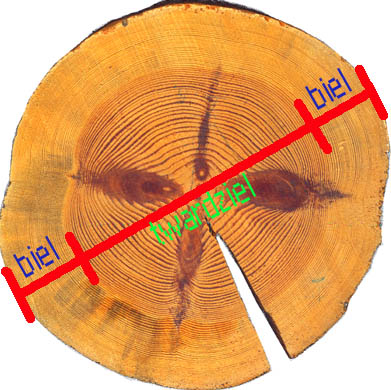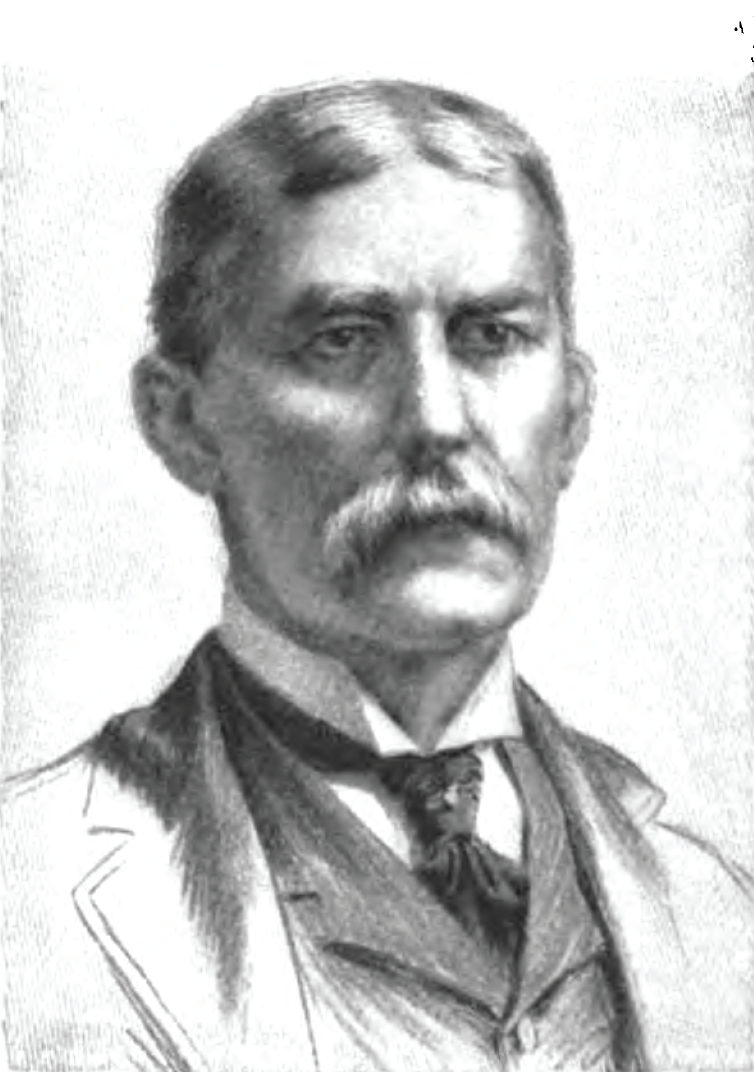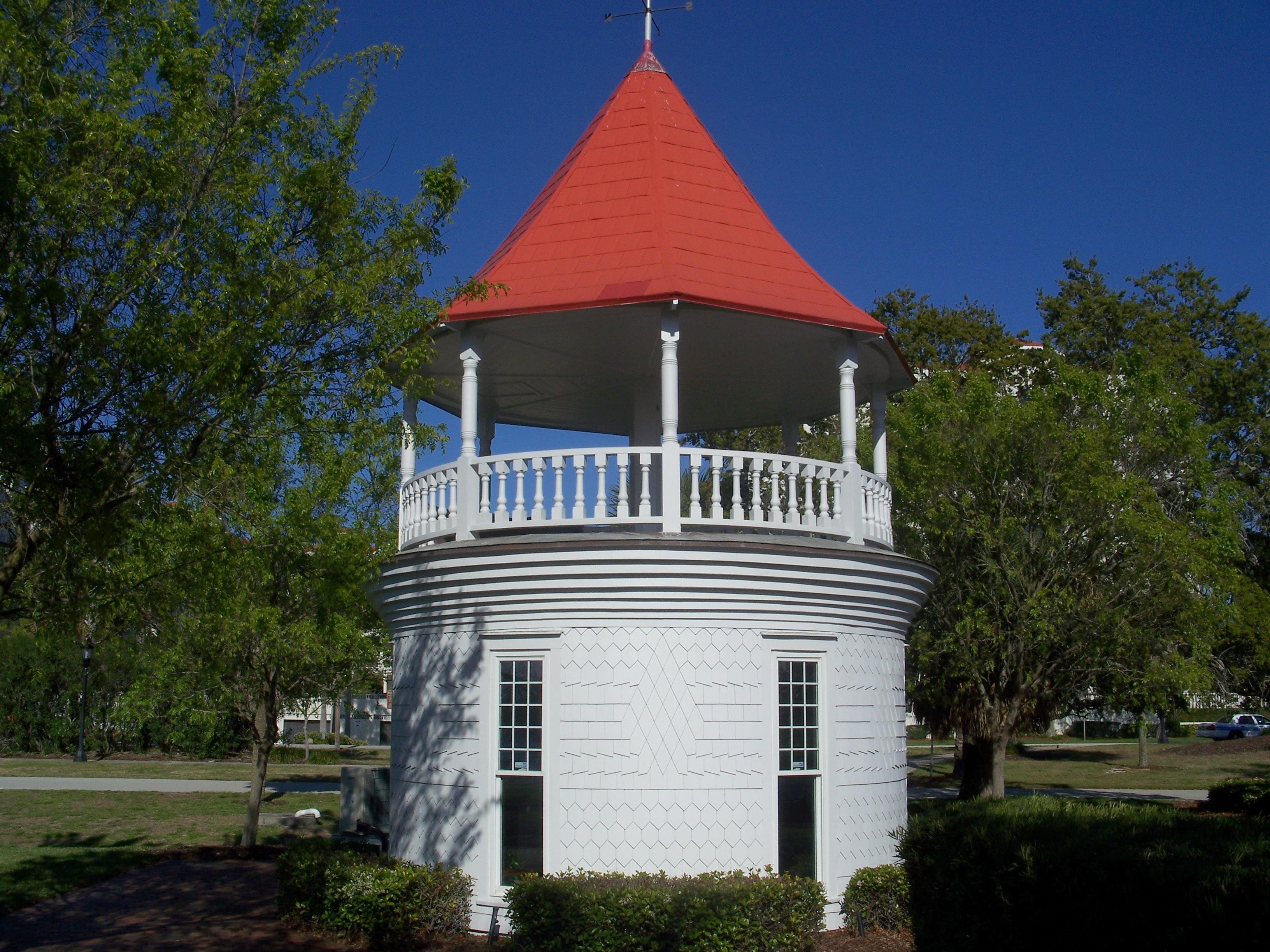|
Virginia Bass Wetherell
Virginia Bass "Ginger" Wetherell (born May 15, 1947) is an American businesswoman and politician. She was a member of the Florida House of Representatives for the 2nd district between 1982 and 1988, then the first Secretary of the Florida Department of Environmental Protection from 1991-1998. Biography Early life Wetherell was born in Anniston, Alabama and graduated from Anniston High School in 1965. She received her bachelor's degree in biological science and psychology from Auburn University in August 1968 and taught at Anniston High School prior to a brief unsuccessful marriage. She went back to school and earned a master's degree in counseling from Jacksonville State University in 1972. Family life Wetherell married again in 1973 and two girls were born to the couple. She worked with the Bass family businesses in Pensacola throughout the 1970s which included a Pepsi bottling company, a truck freight company, a mortgage investment company and a food & beverage vending compa ... [...More Info...] [...Related Items...] OR: [Wikipedia] [Google] [Baidu] |
Florida Department Of Environmental Protection
The Florida Department of Environmental Protection (FDEP) is the Florida government agency responsible for environmental protection. History By the mid-1960s, when the federal government was becoming increasingly involved in initiatives designed to protect the country's environmental interests, Florida had four agencies involved with environmental protection: the Florida Board of Trustees of the Internal Improvement Trust Fund (state land, including shores, beaches, wetlands, and bodies of water), the Department of Health (sewage treatment, drinking water quality), Florida Department of Natural Resources (state parks and recreation areas), and Game and Freshwater Fish Commission (hunting and fishing). In the late 1960s, the Florida Department of Air and Water Pollution Control was created under Governor Claude R. Kirk, Jr. Most staff were being taken from the Bureau of Sanitary Engineering of the state Department of Health. The name of the new agency was simplified to the ... [...More Info...] [...Related Items...] OR: [Wikipedia] [Google] [Baidu] |
John F
John is a common English name and surname: * John (given name) * John (surname) John may also refer to: New Testament Works * Gospel of John, a title often shortened to John * First Epistle of John, often shortened to 1 John * Second Epistle of John, often shortened to 2 John * Third Epistle of John, often shortened to 3 John People * John the Baptist (died c. AD 30), regarded as a prophet and the forerunner of Jesus Christ * John the Apostle (lived c. AD 30), one of the twelve apostles of Jesus * John the Evangelist, assigned author of the Fourth Gospel, once identified with the Apostle * John of Patmos, also known as John the Divine or John the Revelator, the author of the Book of Revelation, once identified with the Apostle * John the Presbyter, a figure either identified with or distinguished from the Apostle, the Evangelist and John of Patmos Other people with the given name Religious figures * John, father of Andrew the Apostle and Saint Peter * ... [...More Info...] [...Related Items...] OR: [Wikipedia] [Google] [Baidu] |
Heart Pine
Heart Pine refers to the heartwood of the pine tree, which is the non-living center of the tree trunk, while the sapwood is the outer living layer which transports nutrients. The heartwood from the pine tree, heart pine, is preferred by woodworkers and builders over the sapwood, due to its strength, hardness and golden red coloration. The longleaf pine, the favored tree for heart pine, nearly went extinct due to logging. Before the 18th century, in the United States, longleaf pine forests, covered approximately 30-60 million acres along the coastal plain from Virginia's southern tip to eastern Texas. These pine trees, 80 to 120 feet tall, require 100 to 150 years to become full size and can live up to 500 years. An inch of heart pine requires 30 years growth. Due to deforestation and over-harvesting since colonial days, only about 3% of the original Longleaf Pine forest remains. The source of much of the available heart pine found on the market is longleaf pine from old building ... [...More Info...] [...Related Items...] OR: [Wikipedia] [Google] [Baidu] |
Henry Flagler
Henry Morrison Flagler (January 2, 1830 – May 20, 1913) was an American industrialist and a founder of Standard Oil, which was first based in Ohio. He was also a key figure in the development of the Atlantic coast of Florida and founder of the Florida East Coast Railway. He is also known as a founder of the cities of Miami and Palm Beach, Florida. Early life and education Flagler was born in Hopewell, New York. His father was Isaac Flagler, a Presbyterian minister and great-grandson of Zacharra Flegler, whose family had emigrated from the German Palatinate region to Holland in 1688. Zacharra worked in England for several years before moving to Dutchess County, New York, in 1710. His grandson Solomon changed the spelling of the surname to Flagler and passed it on to his 11 children. Flagler's mother was Elizabeth Caldwell Harkness Flagler, Isaac's third wife and a widow who had a stepson, Stephen V. Harkness, and a son, Daniel M. Harkness, from her marriage to decea ... [...More Info...] [...Related Items...] OR: [Wikipedia] [Google] [Baidu] |
Ormond Hotel
The Ormond Hotel (also known as The Flagler Hotel) was a historic hotel in Ormond Beach, Florida, United States. It was located at 15 East Granada Boulevard. History Built by John Anderson and J. D. Price, the hotel opened on January 1, 1888. By spring of 1889, the Florida East Coast Railway extended its service from Jacksonville to Daytona, and railroad magnate Henry Flagler bought The Ormond Hotel and enlarged it to handle 600 guests. It became one in a series of his hotels positioned along the line to accommodate his passengers, including The Ponce De León Hotel in St. Augustine, The Royal Poinciana Hotel and The Breakers Hotel in Palm Beach, and The Royal Palm Hotel in Miami. In 1914, John D. Rockefeller arrived at The Ormond Hotel for the winter season, and rented an entire floor for his staff and himself. After four seasons at the hotel, he bought The Casements, a nearby estate also beside the Halifax River. On November 24, 1980, The Ormond Hotel was added to the ... [...More Info...] [...Related Items...] OR: [Wikipedia] [Google] [Baidu] |
Floridan Hotel
:''There was a Floridan Hotel from 1927–1956 in Howey-in-the-Hills, Florida, and in the 1940s a Hotel Floridan in Jacksonville, Florida.'' The Floridan Hotel was a former hotel located at 204 North Monroe St. in Tallahassee, Florida, on the NW corner of Monroe and Call Streets, with a large entrance on Monroe Street. After its opening in 1927 it was for many years the largest, newest, and leading hotel in Tallahassee, and was the usual abode of state legislators and visitors with state business. It has been said that more of Florida's business took place in the Floridan than in the Florida Capitol. The Tallahassee Rotary Club, Chamber of Commerce, and other civic organizations met in the Floridan during part of this time. Typical of large hotels, it contained separate small businesses: the intown ticket office for Eastern Airlines (which moved to the Tallahassee Hilton, now (2017) the Hilton Doubletree, after it opened in 1972), a barber, a women’s bookstore. A block away fro ... [...More Info...] [...Related Items...] OR: [Wikipedia] [Google] [Baidu] |
Capps, Florida
Capps is an unincorporated community in Jefferson County, Florida, United States. It is located at the intersection of U.S. Routes 19 and 27. During the 1940s and 1950s, Capps was the headquarters of an agribusiness known as Tungston Plantation, owned by Everett P. Larsh, an industrialist from Dayton, Ohio, and managed by L. H. Crampton. Tungston plantation comprised a total of approximately 16,000 acres, of which about 8,000 acres was planted in tung trees. Each year, the tung nut was harvested and brought to the mill at Capps, and its contents processed into tung oil for use in paints, varnishes and other products. During those years, Tungston Plantation constituted the largest tung operation in the U.S. under single ownership. Capps is the location of the Asa May House, which is listed on the U.S. National Register of Historic Places. Education Jefferson County Schools operates public schools, including Jefferson County Middle / High School Jefferson County Middle ... [...More Info...] [...Related Items...] OR: [Wikipedia] [Google] [Baidu] |
Asa May House (Capps, Florida)
The Asa May House (also known as the Rosewood Plantation) is a historic house located along U.S. 19, between U.S. 27 and I-10 in Capps, Florida. The house is closer to US 27 than I-10. Description and history It was added to the National Register of Historic Places The National Register of Historic Places (NRHP) is the United States federal government's official list of districts, sites, buildings, structures and objects deemed worthy of preservation for their historical significance or "great artistic v ... on December 15, 1972. References External links Jefferson County markers Florida's Office of Cultural and Historical Programs * Houses on the National Register of Historic Places in Florida National Register of Historic Places in Jefferson County, Florida Houses in Jefferson County, Florida Historic American Buildings Survey in Florida 1840 establishments in Florida Territory Greek Revival houses in Florida {{JeffersonCountyFL-NRHP-stub ... [...More Info...] [...Related Items...] OR: [Wikipedia] [Google] [Baidu] |
Census-designated Place
A census-designated place (CDP) is a concentration of population defined by the United States Census Bureau for statistical purposes only. CDPs have been used in each decennial census since 1980 as the counterparts of incorporated places, such as self-governing cities, towns, and villages, for the purposes of gathering and correlating statistical data. CDPs are populated areas that generally include one officially designated but currently unincorporated community, for which the CDP is named, plus surrounding inhabited countryside of varying dimensions and, occasionally, other, smaller unincorporated communities as well. CDPs include small rural communities, edge cities, colonias located along the Mexico–United States border, and unincorporated resort and retirement communities and their environs. The boundaries of any CDP may change from decade to decade, and the Census Bureau may de-establish a CDP after a period of study, then re-establish it some decades later. Mo ... [...More Info...] [...Related Items...] OR: [Wikipedia] [Google] [Baidu] |
Unincorporated Area
An unincorporated area is a region that is not governed by a local municipal corporation. Widespread unincorporated communities and areas are a distinguishing feature of the United States and Canada. Most other countries of the world either have no unincorporated areas at all or these are very rare: typically remote, outlying, sparsely populated or List of uninhabited regions, uninhabited areas. By country Argentina In Argentina, the provinces of Chubut Province, Chubut, Córdoba Province (Argentina), Córdoba, Entre Ríos Province, Entre Ríos, Formosa Province, Formosa, Neuquén Province, Neuquén, Río Negro Province, Río Negro, San Luis Province, San Luis, Santa Cruz Province, Argentina, Santa Cruz, Santiago del Estero Province, Santiago del Estero, Tierra del Fuego Province, Argentina, Tierra del Fuego, and Tucumán Province, Tucumán have areas that are outside any municipality or commune. Australia Unlike many other countries, Australia has only local government in Aus ... [...More Info...] [...Related Items...] OR: [Wikipedia] [Google] [Baidu] |
Lamont, Florida
Lamont is an unincorporated community and census-designated place (CDP) in Jefferson County, Florida, United States. As of the 2020 census,the population was 170. Geography Lamont is located on the eastern edge of Jefferson County at (30.37694, -83.81306). It is bordered to the east by the Aucilla River, which forms the Madison County line. U.S. Routes 19 and 27 run through the center of Lamont, leading southeast to Perry and west to Capps. Tallahassee, the state capital, is west of Lamont via US-27, while Monticello, the Jefferson county seat, is northwest of Lamont via US-19. According to the U.S. Census Bureau, the Lamont CDP has an area of , all of it recorded as land. The Aucilla River, which runs along the eastern edge of the community, is a direct tributary of the Gulf of Mexico to the south. Ted Turner Robert Edward "Ted" Turner III (born November 19, 1938) is an American entrepreneur, television producer, media proprietor, and philanthropist. He foun ... [...More Info...] [...Related Items...] OR: [Wikipedia] [Google] [Baidu] |
Jefferson County, Florida
Jefferson County is a county located in the Big Bend region in the northern part of the U.S. state of Florida. As of the 2020 census, the population was 14,510. Its county seat is Monticello. Jefferson County is part of the Tallahassee, FL Metropolitan Statistical Area but is the 3rd most rural county in Florida. There are no traffic signals within the entire county. History Jefferson County was created in 1827. It was named for Thomas Jefferson, third president of the United States, who had died the year before the county's establishment. Forts of Jefferson County * Fort Roger Jones (1839), Aucilla (Ocilla Ferry), north of US 90. * Fort Noel (1839–1842), south of Lamont on the Aucilla River, six miles (10 km) northwest of Fort Pleasant in Taylor County. Also known as Fort Number Three (M). * Camp Carter (1838), near Waukeenah. * Fort Welaunee (1838), a settlers' fort on the Welaunee Plantation near Wacissa. Fort Gamble (1839–1843) was later established here. * Fo ... [...More Info...] [...Related Items...] OR: [Wikipedia] [Google] [Baidu] |





